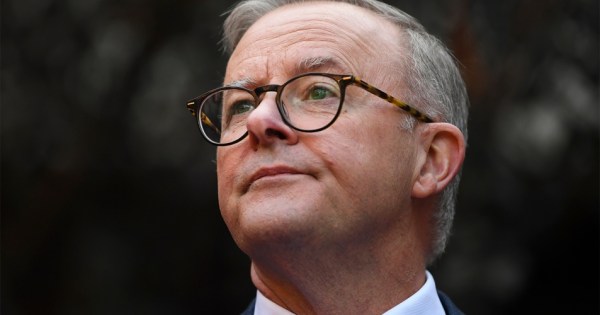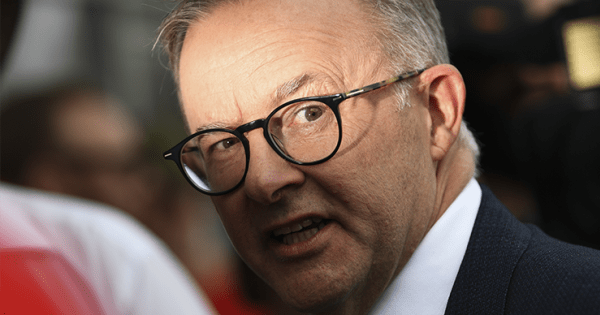Art institutions around the world
have always been dependent on some form of private benefaction, but a new kind of
patronage is emerging that is threatening the independence and integrity of
public galleries and curators.
That is the warning of German art historian and museologist Anne Marie
Freybourg, who is currently in Australia for a series of talks on a range of
subjects, including ethical practices in art museums.
Freybourg told The Australian today
that the boom in the international art market has increased the risk of dodgy
deals and unethical behaviour in public galleries.
With their own acquisition budgets shrinking, museums – particularly those
specialising in contemporary art – were becoming increasingly dependent on the
support of private collectors.
“In these kinds of relationships, anything can happen,” she said. “I
think there is a general crisis among our contemporary art museums.”
In a conversation with Crikey earlier this week, Freybourg pointed to the
trend in Germany, where cash-strapped regional galleries were increasingly
dependent on private collectors lending them artworks. In some galleries almost
everything on show had been borrowed. The motivation of lenders was often more
about profit than philanthropy. Showing an artwork in a public gallery improves
its provenance and, hence, its market value. According to Freybourg, there’s the
danger of museums being used by speculators to boost the value of artworks
before flogging them at auction. Why does this sound familiar?
I am sharing a platform tonight with Freybourg at RMIT Gallery in Melbourne
for a forum on art-world ethics.







Crikey is committed to hosting lively discussions. Help us keep the conversation useful, interesting and welcoming. We aim to publish comments quickly in the interest of promoting robust conversation, but we’re a small team and we deploy filters to protect against legal risk. Occasionally your comment may be held up while we review, but we’re working as fast as we can to keep the conversation rolling.
The Crikey comment section is members-only content. Please subscribe to leave a comment.
The Crikey comment section is members-only content. Please login to leave a comment.